Description
There are about 90 accepted species native to tropical and subtropical Asia and eastern Australia.[2] Around the world, many growers widely cultivate a range of hybrids and cultivars as ornamentals. The large, cordate or sagittate leaves grow to a length of 20 to 90 cm (8 to 35 in) on long petioles. Their araceous flowers grow at the end of a short stalk, but are not conspicuous; often hidden behind the leaf petioles.
Kingdom: Plantae
Clade: Tracheophytes
Clade: Angiosperms
Clade: Monocots
Order: Alismatales
Family: Araceae
Subfamily: Aroideae
Tribe: Colocasieae
Genus: Alocasia
The corms of some species can be processed to make them edible, however, the raw plants contain raphid or raphide crystals of calcium oxalate along with other irritants (possibly including proteases)[3] that can numb and swell the tongue and pharynx. This can cause difficulty breathing and sharp pain in the throat. Lower parts of the plant contain the highest concentrations of the poison.
Prolonged boiling before serving or processing may reduce risk of adverse reactions. Additionally, acidic fruit such as tamarind may dissolve the raphides altogether. It’s important to note, however, that this genus varies in toxicity, and can still be dangerous to ingest, even after taking precautions.
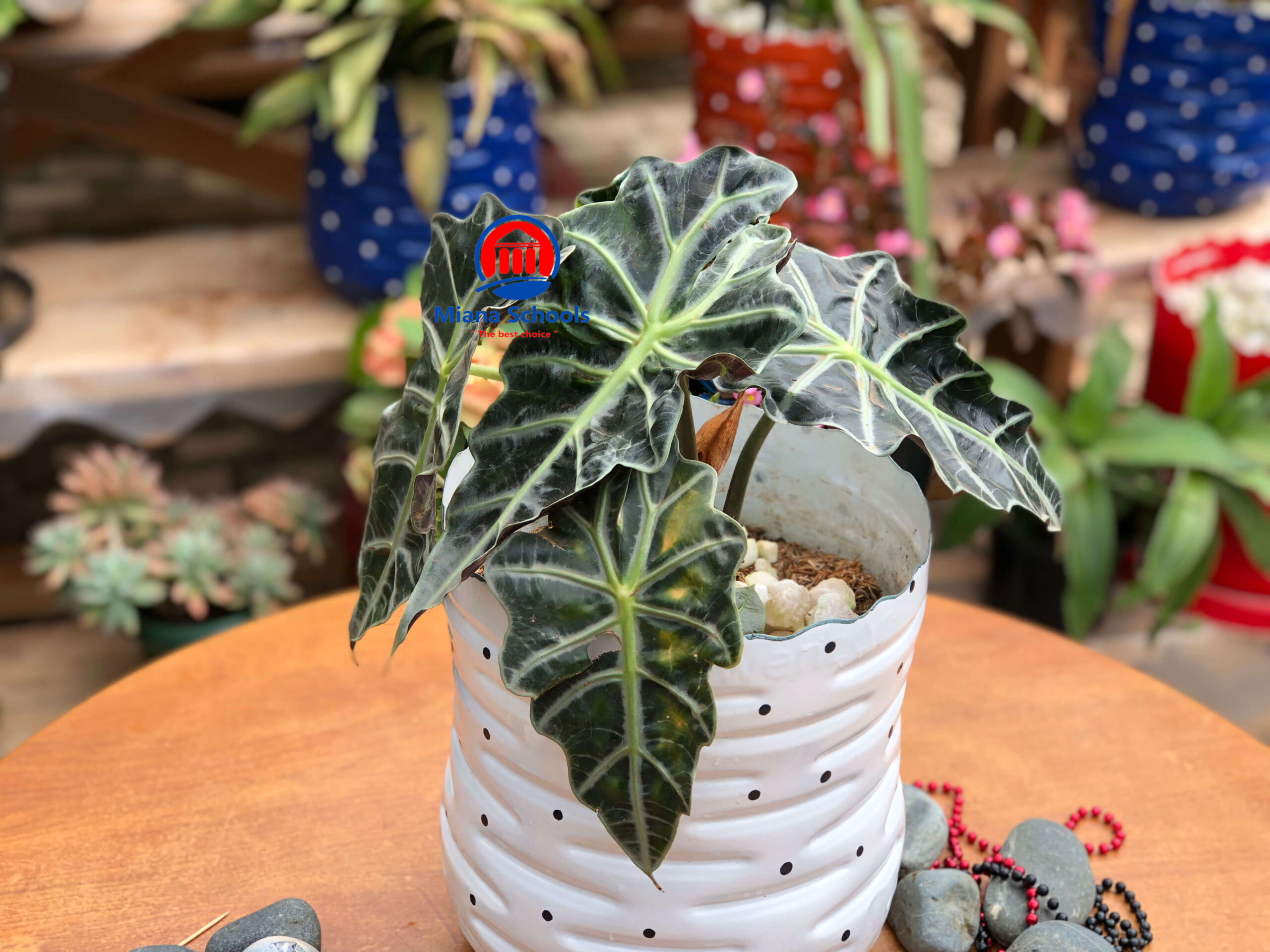

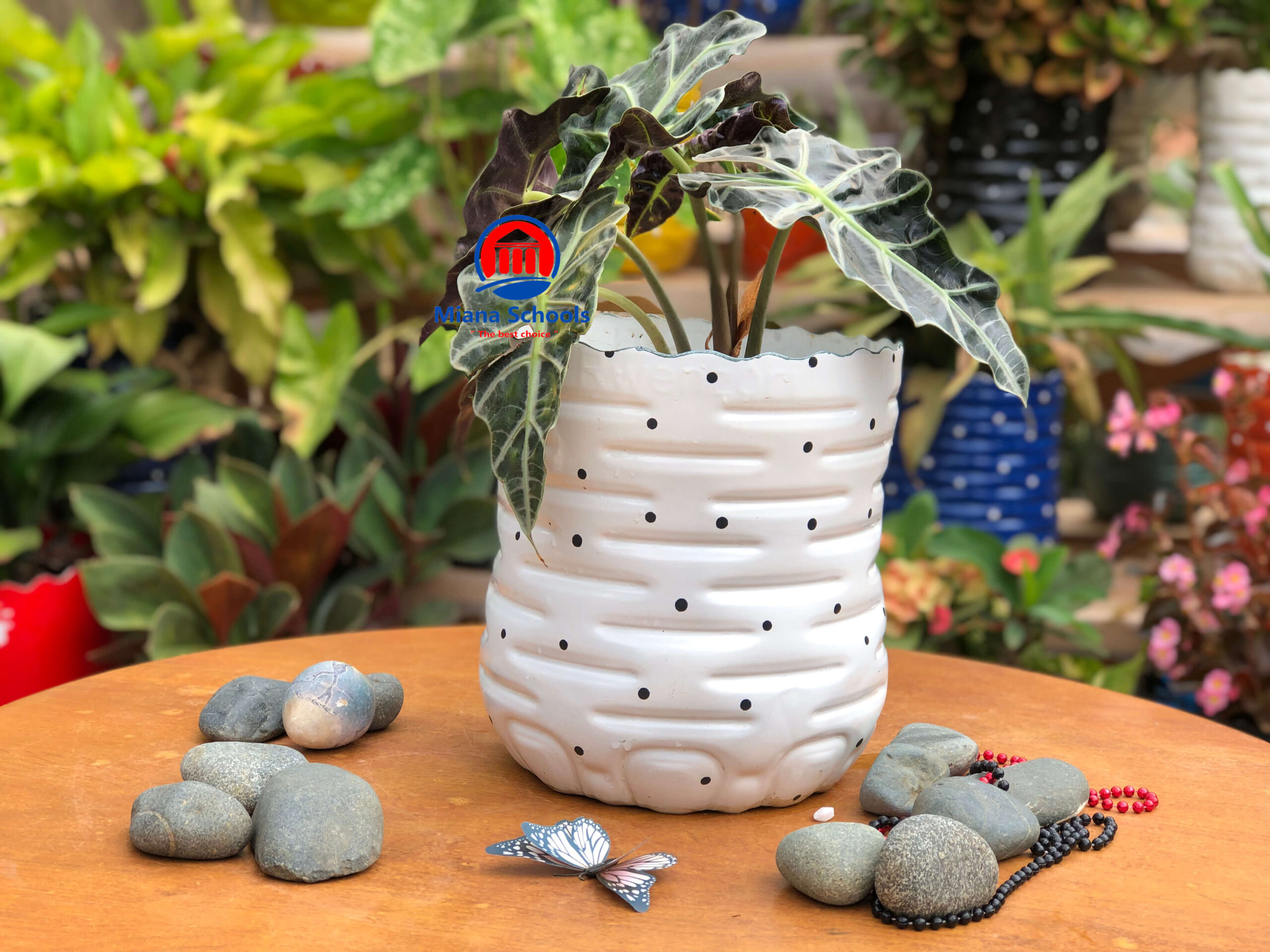

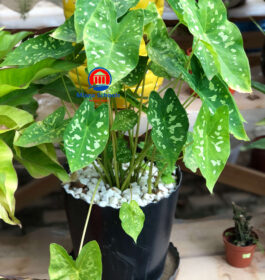

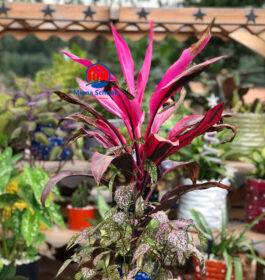
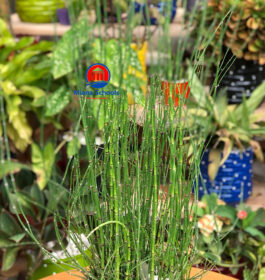

Reviews